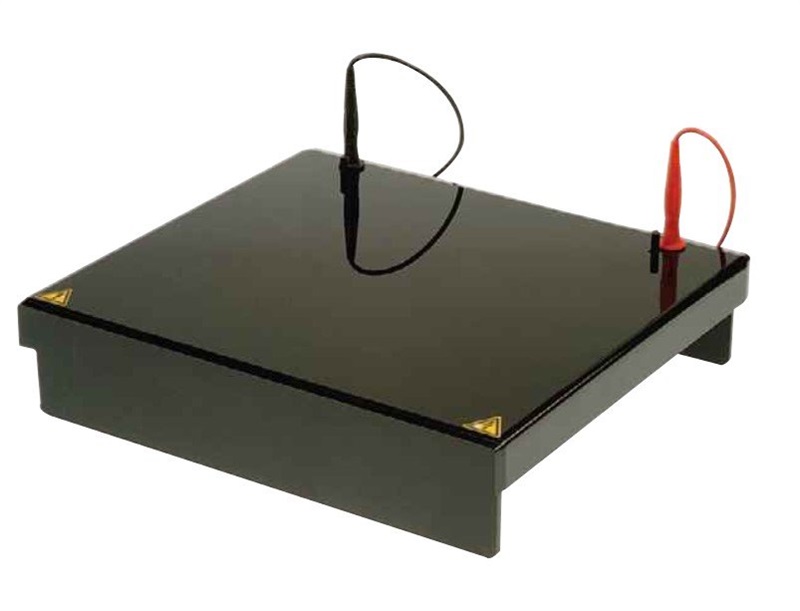Commetassay
COMET assay tanks are available in three sizes to examine single-cell gel electrophoresis (SCGE), a technique popularized by drug toxicology and carcinogenesis studies for detecting and quantifying DNA damage in cells.
The robust structure of each tank, made from black acrylic, provides a suitable surface for preparing slides with a centrally cooled platform † to control slide temperature during preparation and testing, minimizing exposure of cells to background light and DNA damage during electrophoresis. Following electrophoresis, DNA damage can be quantified using Comet Assay scoring software.
• Overview: Following genotoxic insults such as ionizing radiation, breaks in supercoiled double-stranded DNA reduce the size of large genomic DNA, from which these strands are separated or pulled apart by electrophoresis. Genomic DNA then migrates towards the anode during electrophoresis, taking on a 'comet-like' appearance with negatively charged broken ends and fragments.
• Method: After exposure to a genotoxic insult, cells are suspended in low-melting-point agarose and embedded in a thin layer of agarose on a microscope slide. Cellular proteins are subsequently removed via fragmentation in detergent, allowing DNA to relax under alkaline conditions before electrophoresis. DNA is then electrophoresed, stained, and analyzed using fluorescence microscopy and imaging software.
• Slide carriers eliminate manual handling, reduce errors, and shorten testing time.
• Staining of dishes for batch processing of slides during lysis, neutralization, staining, and washing stages.
• Black acrylic construction minimizes exposure to background light and potential DNA damage.
Review Product Documentation >>


